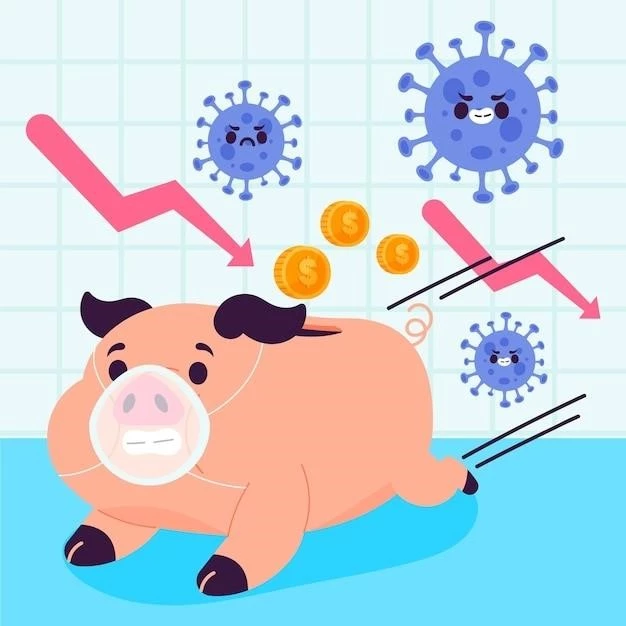Introduction
H1N1 Swine flu is a subtype of influenza A virus‚ causing respiratory tract infections in humans n pigs. Learn about causes‚ symptoms‚ and treatment here.
Definition of Swine Influenza (H1N1)
Swine influenza‚ also known as H1N1 swine flu‚ is a subtype of influenza A virus that typically infects pigs. This infectious respiratory disease can be transmitted from pigs to humans‚ causing a range of symptoms. Learn more about this virus and its impact on global health.

Causes and Transmission
H1N1 Swine flu is caused by the influenza A virus‚ primarily affecting pigs initially. Human transmission occurs through close contact with infected pigs or individuals. Learn more about the causes and transmission of this respiratory disease here.
Origins of Swine Influenza Virus
Swine influenza virus‚ including the H1N1 subtype‚ is endemic in pigs globally. The viruses can reassort and lead to the emergence of new strains that can infect humans. Discover more about the evolution and adaptation of the swine influenza virus.
Transmission from Pigs to Humans
The transmission of swine influenza virus from pigs to humans can occur through direct contact with infected pigs or through environments contaminated with the virus. Understanding the mechanisms of transmission is crucial in preventing the spread of swine flu among human populations.

Symptoms and Diagnosis
Discover the common symptoms of H1N1 Swine flu‚ including nasal secretions‚ chills‚ fever‚ decreased appetite‚ and potential lower respiratory tract issues. Learn about diagnostic methods here.
Common Symptoms of H1N1 Swine Flu
Common symptoms of H1N1 Swine flu include fever‚ aching muscles‚ chills‚ cough‚ sore throat‚ runny or stuffy nose‚ and watery‚ red eyes. These symptoms can vary in severity and may lead to complications‚ especially in vulnerable populations.
Diagnostic Methods for Swine Influenza
Diagnostic methods for swine influenza typically involve laboratory testing of respiratory samples to confirm the presence of the H1N1 virus. Techniques such as PCR (polymerase chain reaction) and viral culture are commonly used to identify and differentiate the virus from other strains of influenza.
Treatment and Prevention
Explore treatment options for swine flu‚ including antiviral medications‚ to alleviate symptoms and reduce the severity of the infection. Learn about preventive measures such as vaccination and hygiene practices to control the spread of H1N1 Swine flu.
Treatment Options for Swine Influenza
Antiviral medications are commonly used to treat H1N1 Swine flu and may help reduce the severity and duration of symptoms. In severe cases‚ hospitalization and supportive care such as oxygen therapy may be necessary. Early treatment is crucial in managing the infection effectively. Explore the available treatment options and their effectiveness in combating swine influenza.
Preventive Measures Against Swine Influenza
Preventive measures against swine influenza include vaccination‚ practicing good respiratory hygiene‚ maintaining physical distance‚ and avoiding close contact with infected individuals. Additionally‚ proper hand hygiene and staying informed about outbreaks are crucial in preventing the spread of H1N1 Swine flu.
Global Impact
Understand the history of swine influenza pandemics and explore the current status and statistics regarding the prevalence and impact of H1N1 Swine flu on a global scale.
History of Swine Influenza Pandemics
Swine influenza has a history of causing pandemics‚ with notable outbreaks such as the 2009 H1N1 flu pandemic that led to significant global impact. Understanding the history of swine influenza pandemics provides insights into the evolution and spread of the virus.
Current Status and Statistics
The 2009 H1N1 flu pandemic significantly impacted global health‚ resulting in excess deaths and raised awareness about the transmission and severity of the virus. Understanding the current status and statistics of swine influenza outbreaks is crucial in implementing effective public health measures.
